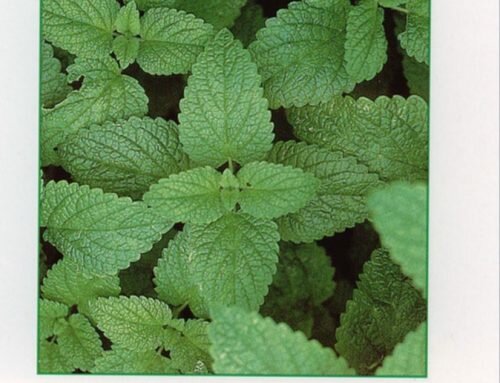The Withania somnifera, known as ashwagandha in ayurvedic medical tradition, or with the popular name of “Indian ginseng”, is a plant belonging to the family Solanaceae. It is a shrub, with woody base, which can reach a height of about 2 meters. Its flowers are greenish-yellow and the fruit color varies from yellow-orange to red depending on the stage of maturation. The plant is covered with tiny hairs that give reflections silver-gray. They belong to the genus Withania many as 23 different species, but of these, only the Withania somnifera is known to have medicinal properties. It is cultivated, but grows spontaneously in India, Pakistan, Sri Lanka, and also in parts of ‘North Africa and the Mediterranean, for example in Italy is located mainly in Sicily and Sardinia. The term “ashwagandha” comes from the Sanskrit word “Ashva”, meaning horse, and “gandha”, that smell; in fact the root of Withania has a strong smell that vaguely resembles that of the horse.
It is known and used since ancient Ayurvedic medicine, as an adaptogen, aphrodisiac, liver tonic, astringent, and for its anti-inflammatory and immunomodulatory properties. Withania is the fact mentioned in the canonical texts Ayurvedic dating back to the period between the first and the eighth century BC.
The main constituents of the root of Withania are alkaloids and steroidal lactones or withanolides.
The Whitania has adaptogenic properties, anti-stress, anti-inflammatory, immunomodulatory, anticancer, antioxidant and hematopoietic. It also attributed the ability to exert beneficial effects, through mechanisms of action have not yet been spelled out, on the endocrine system and on the cardiovascular and respiratory systems, as well as on the CNS. The pharmacological effects of Withania however, seem to depend primarily from the organism of the steroidal lactones, or witanolid in it. At the base of the adaptogenic properties it seems to be a fact inhibit the up-regulation of dopamine receptors at the striatum induced by stress. The immunomodulatory effects of the plant seems to be related to the property to induce the synthesis of nitric oxide by macrophages, thus promoting the oxidative burst by the latter. Many scientific studies seem to confirm the anti-inflammatory, anti-stress, antioxidant, immunomodulatory, hematopoietic and anti aging properties.
It was also highlighted sedative-hypnotic activity that appears to be beneficial in the issues of sleep and the stress related anxiety.
The Withania is still useful even in healthy individuals, stressed from the commitments of everyday life, which can give an invigorating effect and help concentration, skills and activities of the attention.
For example, in a prospective clinical study, double-blind, placebo-controlled, we have evaluated the effects, on a cognitive and psychomotor, an extract of Withania. The study involved 20 healthy volunteers, in which cognitive performance was assessed before and after 14 days of administration of an extract of Withania, by means of psychometric tests. It is thus able to highlight that treatment with Withania has made significant improvements compared to placebo in the performance of volunteers in a series of tests mnemonics, tests of simple reaction time, vigilance tests, tests of substitution and classification. The results thus confirm that the extract of Withania can improve cognitive and psychomotor performance in healthy subjects, and this confirm as this plant is a tonic-adaptogen.
Withania are also attributed to the anticancer properties: the whitaferin A seems in this case the active ingredient most promising within the plant complex, thanks to its anti-angiogenic. Also in vitro witaferina A seems to have been able to inhibit cell proliferation by acting on the synthesis nucleic and protein with cytotoxic effects. Experiments carried out on human tumour cell lines have confirmed these properties of withaferina A and of other compounds extracted from the plant.




